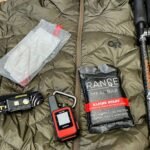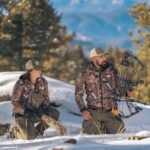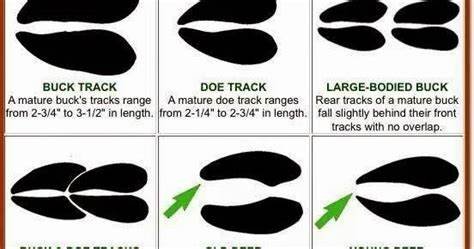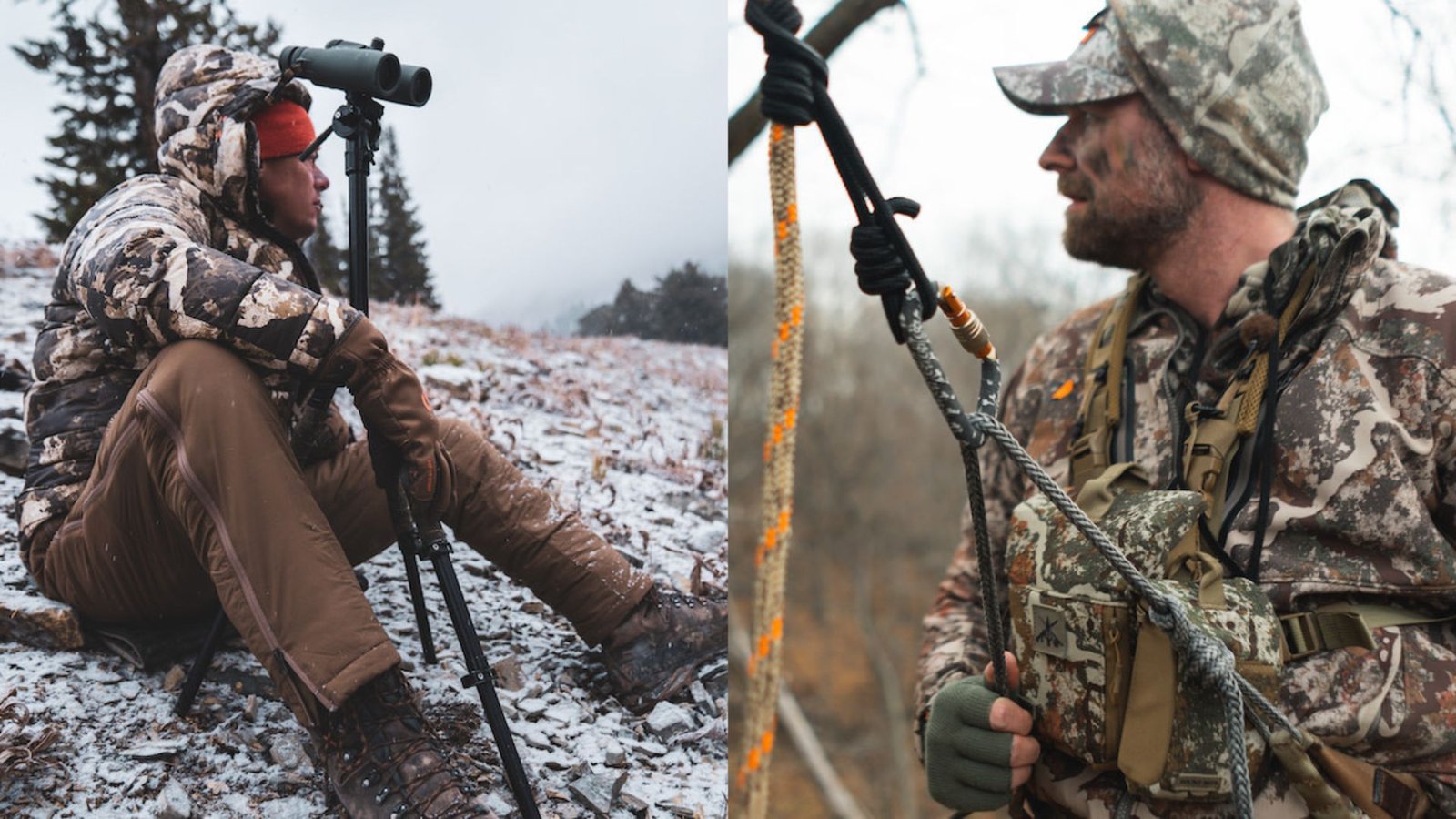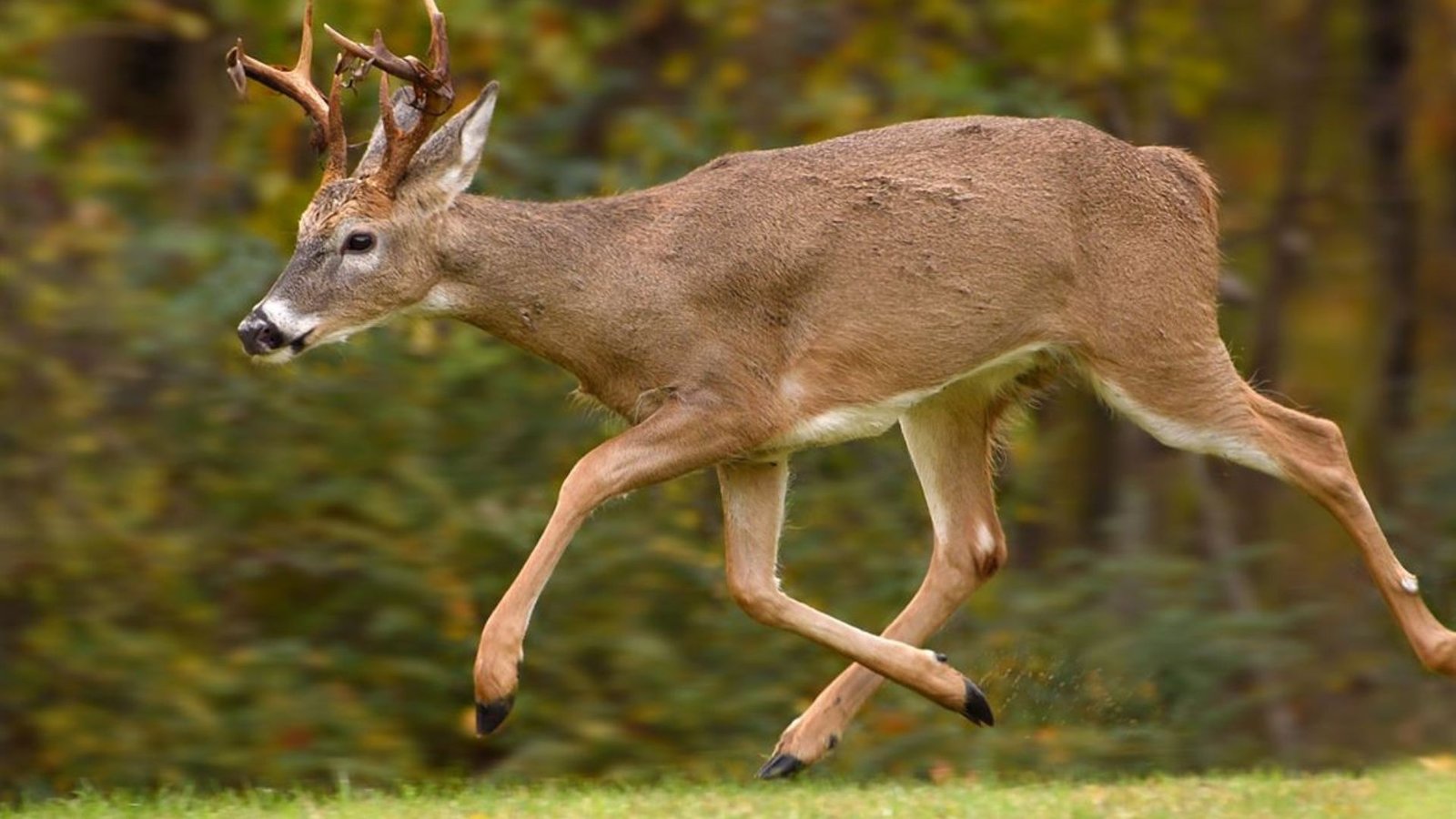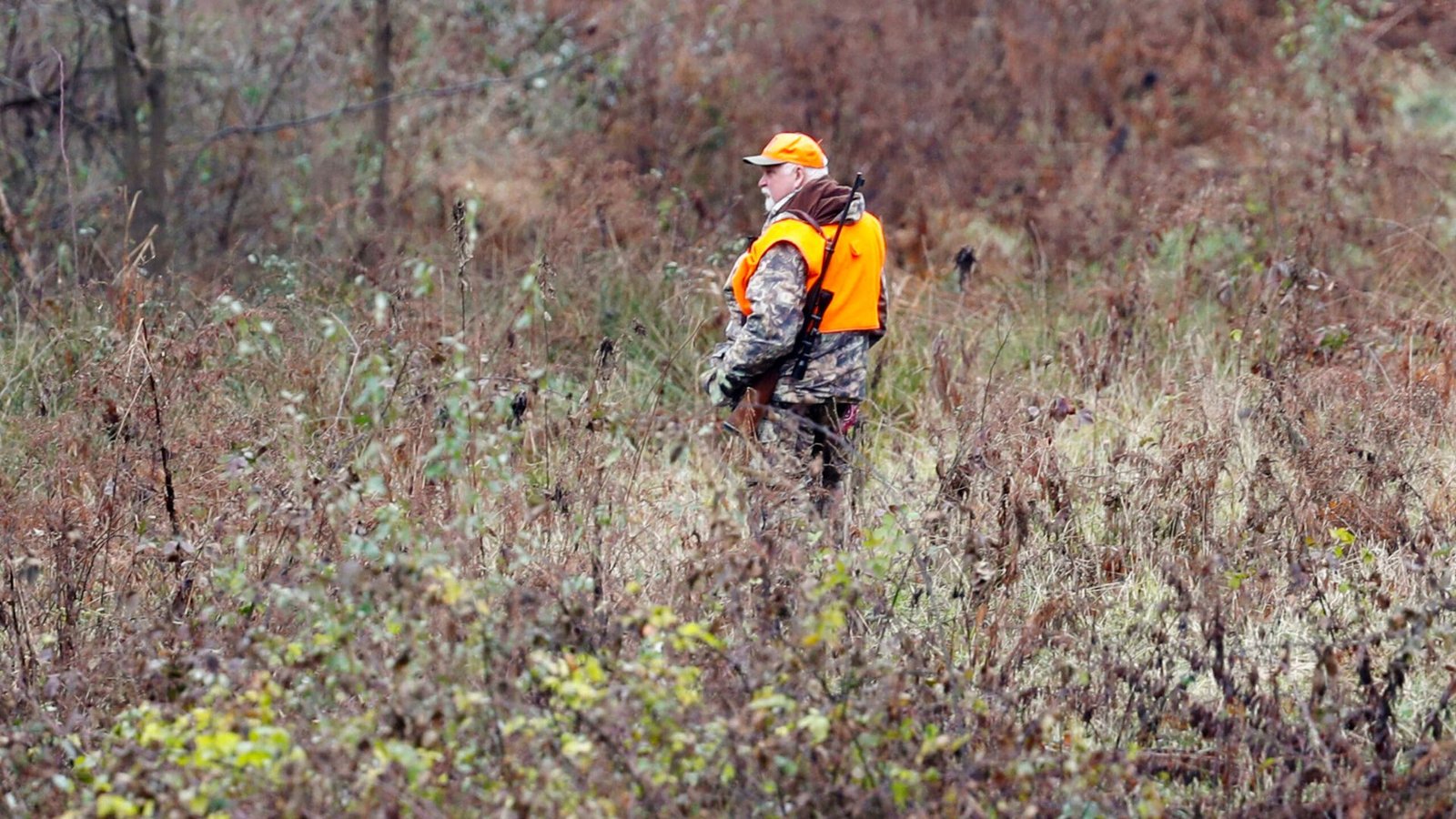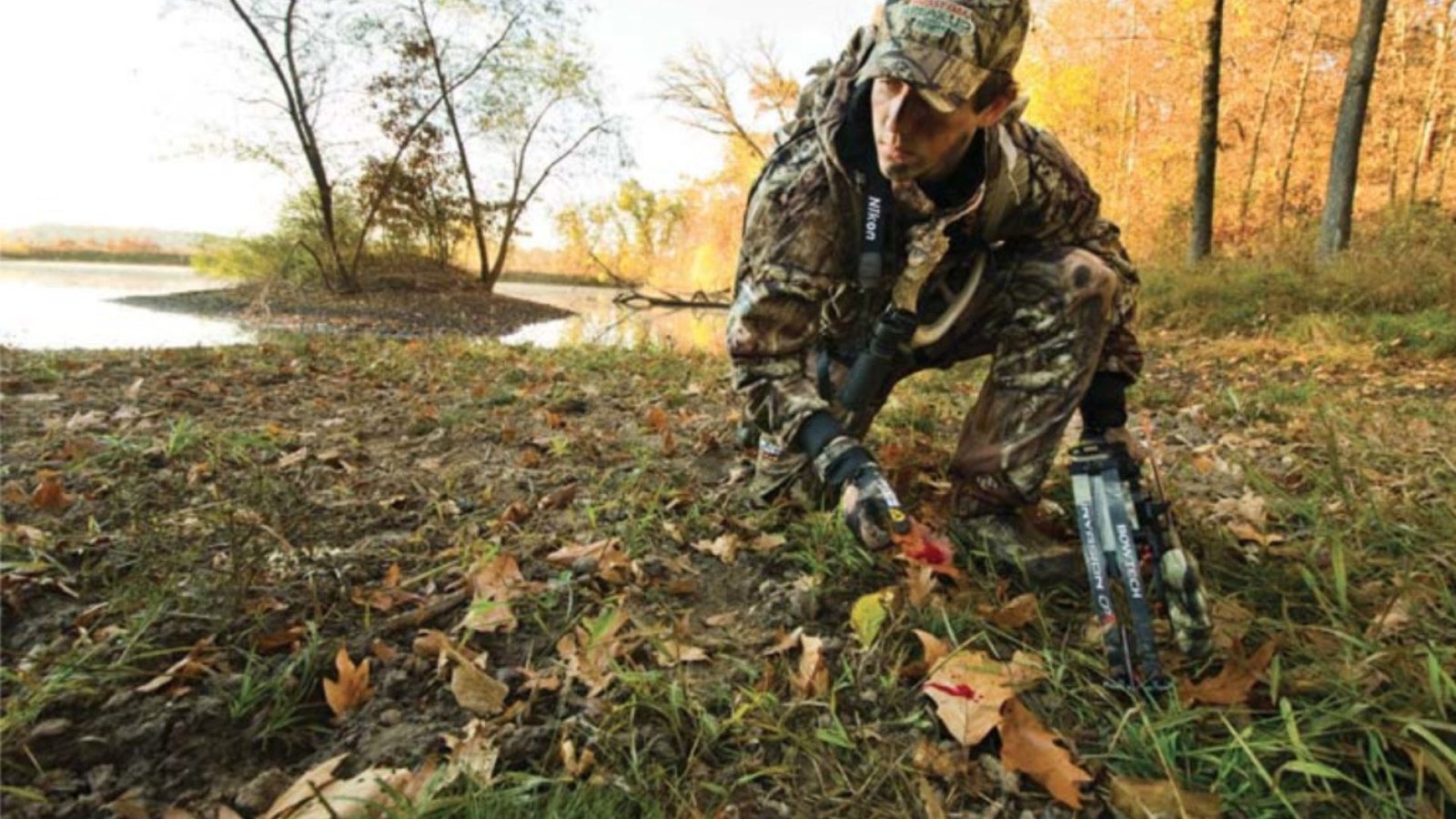Tracking deer is an essential skill for any hunter. Following a deer trail without spooking the animal requires practice, patience, and knowledge. Deer are highly alert creatures with keen senses of hearing, smell, and sight. Mastering the art of stealth and understanding how to interpret the signs left behind can make the difference between success and failure in your hunting expedition.
1. Understand Deer Behavior
Deer are creatures of habit, often following the same trails for feeding, bedding, and watering. Understanding their daily routines can help you anticipate their movements. Learn to recognize subtle signs such as broken branches, worn paths, and scat. Observing their feeding times, which typically occur at dawn and dusk, can also guide your tracking efforts.
2. Stay Downwind
A deer’s sense of smell is its strongest defense mechanism. Always position yourself downwind of the trail to prevent your scent from reaching the animal. Check wind direction regularly using tools like a wind checker or by observing natural cues like smoke or leaves blowing in the breeze. Adjust your position as necessary to stay undetected.
3. Move Slowly and Quietly
Quick or noisy movements can alert a deer to your presence. Move at a slow, deliberate pace, placing your feet carefully to avoid stepping on dry leaves, twigs, or other debris. Wear soft-soled shoes to muffle your footsteps. Practice walking heel-to-toe and pause frequently to listen and scan your surroundings.
4. Use Natural Cover
The landscape offers ample opportunities to conceal yourself. Use trees, bushes, and terrain features like ridges or dips for cover. If you must cross an open area, crouch low and move swiftly. Camouflage clothing that matches the environment can help you blend in even further.
5. Minimize Your Scent
Deer are incredibly sensitive to human scent. Shower with scent-free soap before heading out and use scent-blocking sprays on your gear. Wear clothing designed to trap odors and avoid eating or drinking anything with a strong aroma while tracking.
6. Use Binoculars to Scout Ahead
Binoculars are invaluable for scanning the trail ahead without moving closer and risking detection. Look for movement, antlers, or the flick of a tail. This tool helps you stay one step ahead, enabling you to strategize your next move without startling the deer.
7. Time Your Movements with Environmental Sounds
Nature can help mask the sounds of your movements. Synchronize your steps with rustling leaves, gusts of wind, or chirping birds. By blending into the natural rhythm of the environment, you reduce the chance of alarming your prey.
8. Stay Patient and Alert
Tracking deer requires mental focus and a calm demeanor. Be prepared to spend hours observing and moving with precision. If the trail seems to go cold, take a break and reassess. Often, deer will double back or rest in thick cover nearby.
9. Carry Essential Tracking Tools
Equip yourself with tools such as a GPS device, trail markers, and a reliable flashlight for low-light conditions. These items help you stay oriented and follow the trail effectively, even in challenging environments.
10. Avoid Common Mistakes
Spooking deer often happens when hunters become impatient or careless. Avoid sudden movements, loud noises, or ignoring wind direction. Remain consistent in your approach, and you’ll be more likely to stay undetected.
Conclusion
Successfully following a deer trail without spooking the animal is a skill that combines knowledge, patience, and strategy. By understanding deer behavior, staying downwind, moving quietly, and using natural cover, you can dramatically increase your chances of a successful hunt. The more time you spend practicing these techniques, the more confident and effective you’ll become as a tracker.



